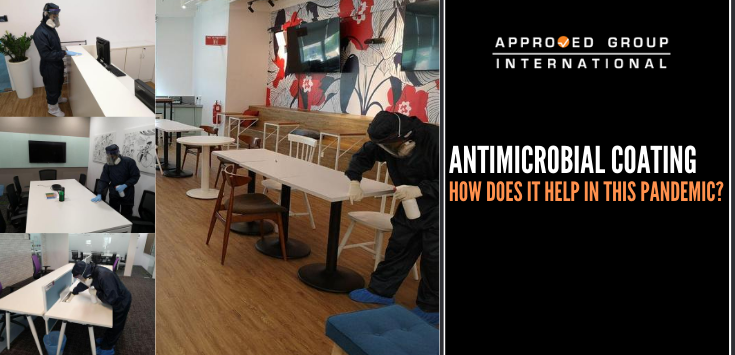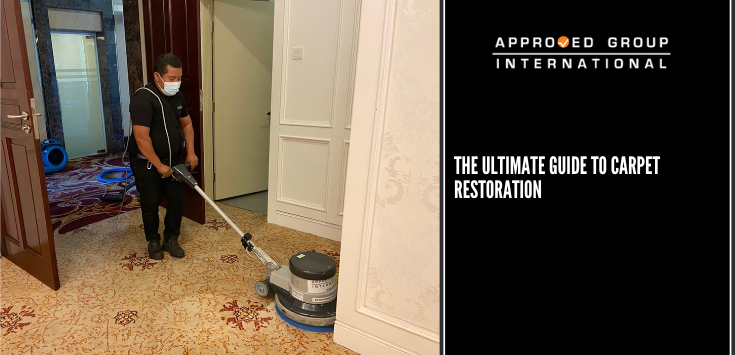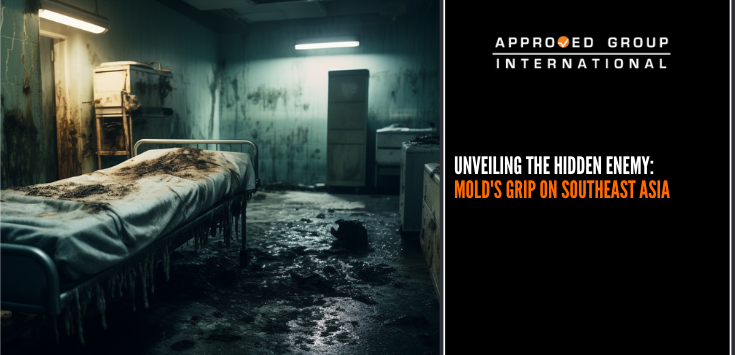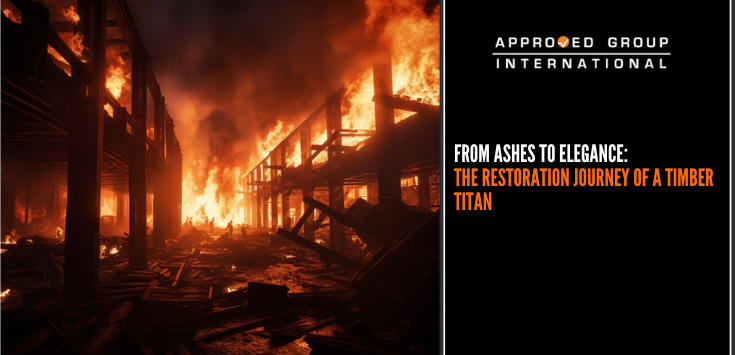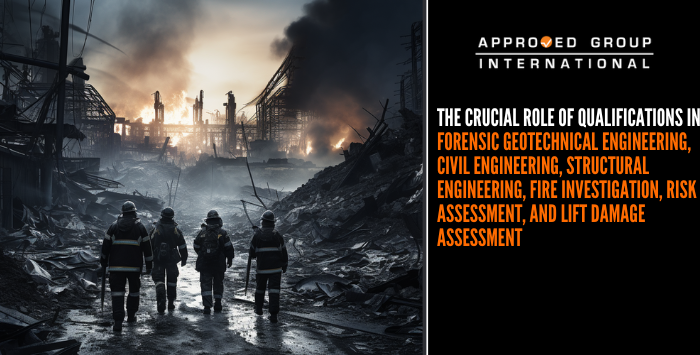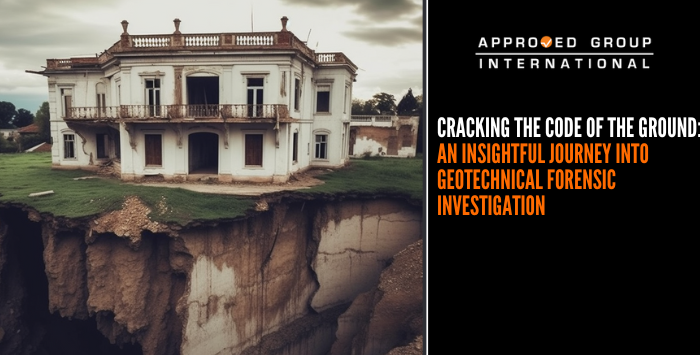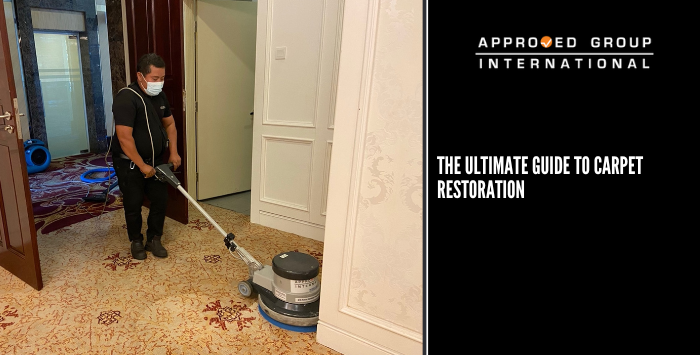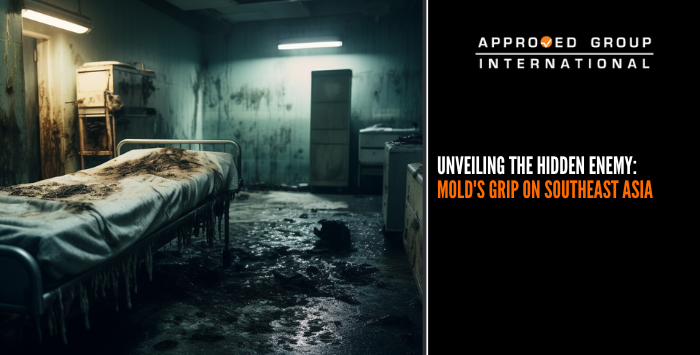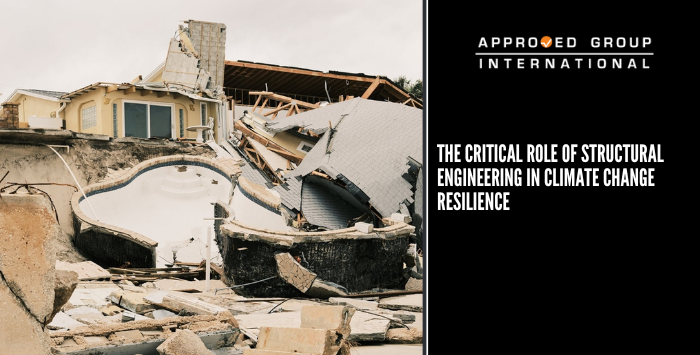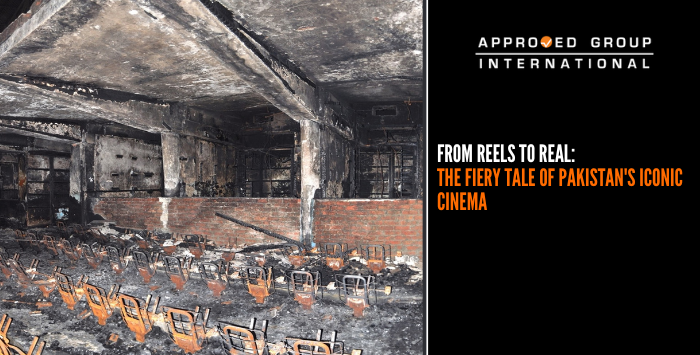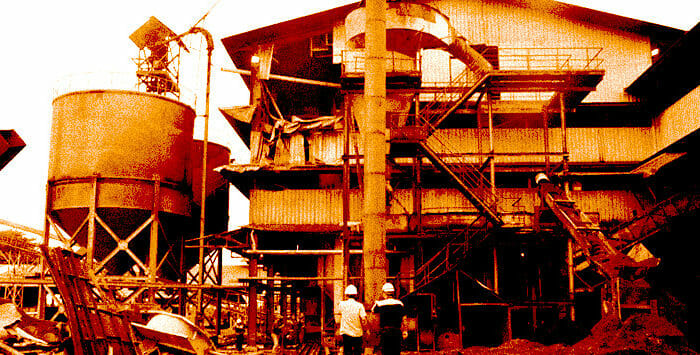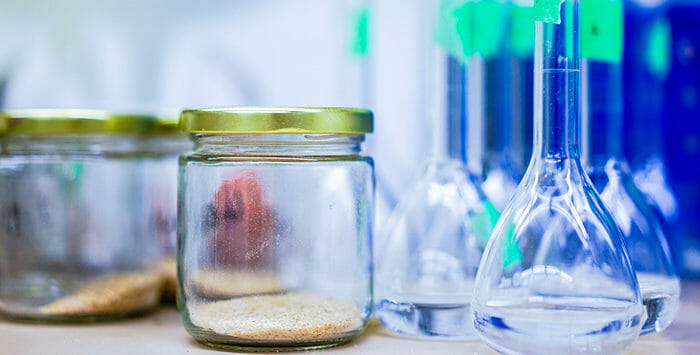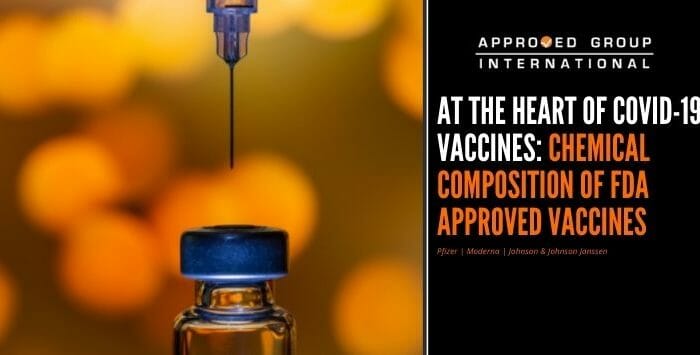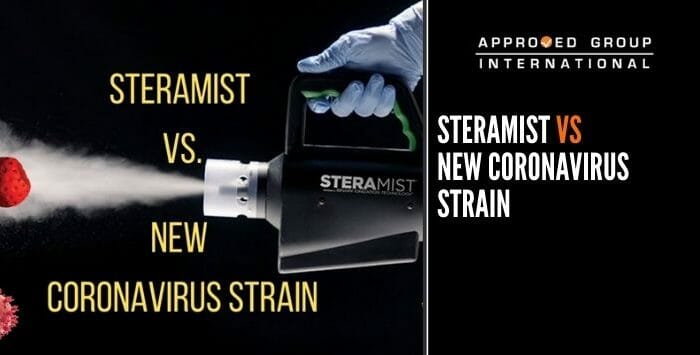What is Antimicrobial Coating?
Antimicrobial coating is a process of applying a covering that consists of antimicrobial agents such as biocides or silver nanoparticles. It is mainly used on surfaces and devices to prevent the growth of microorganisms like bacteria, mold, mildew, or algae. It can continue to perform even through regular, repeated water exposure, and cleaning.
Antimicrobial coating is principally applied to different establishment walls, counters, housewares, outdoor facilities, HVAC vents, and other high-touch areas. Likewise, we spray them onto gloves, masks, carpeting, and textiles. Paint manufacturers also apply antimicrobial coating to their primer products and wall paints to constrain pathogen growth in facilities. Furthermore, medical facilities and hospitals frequently use antimicrobial coating on their medical devices.
Currently regarded as a billion-dollar sector, the antimicrobial coating industry is one of the fastest-growing industries worldwide. According to a report by Grand View Research, the value of the global antimicrobial coating market was USD 7.1 billion in 2019. They estimated it to grow at a compound annual growth rate (CAGR) of 12.8% from 2020 to 2027. This rapid growth owes to an increasing concern for cleanliness in various sectors.
Antimicrobial coating provides confirmed surface protection by controlling the growth of unwanted bacteria, fungi, mold, and mildew. It can improve surfaces in healthcare institutions, catering facilities, washrooms, and more by diminishing the presence of bacteria that cause odor generation and product degradation. Besides, it prolongs the life of plastic materials by preventing discoloration, loss of tensile strength, and cracking that often occurs through fungal growth.
Some of the key features for the significant growth of antimicrobial coating in recent years are as follows:
- It helps stop the spread of pathogens that can cause disease. This is especially important in a hospital setting where many people already have weakened immune systems.
- It has the potential to significantly lower the environmental impact of cleaning in a medical setting where different chemicals are used for a variety of purposes.
- It reduces the total amount of cleaning time and therefore, is very cost-effective to maintain facilities.
What are the Benefits of Antimicrobial Coating?
The following are some of the important benefits of using antimicrobial coating:
Long-lasting Protection
Antimicrobial coating contains additives that provide adequate, long-lasting, and scientifically proven protection against fungi, mold, and bacteria. Thus, they minimize terrible odors, staining, and degradation of materials. As long as the coatings remain on a surface, microbes will never get a chance to grow and survive.
Longer Lifespan
Antimicrobial coating on a surface neither cause any discoloration or leech nor affects the final look of the surface. They have a lifespan that usually lasts longer than expected. This makes them less inclined to the stench and lumps that usually characterize other one-off products.
Cost-Effective
Antimicrobial coating provides the users with a chance of saving a substantial amount of money since they reduce the costs of replacement of unsanitary items. For sanitary upkeep and maintenance, we can coat many objects using antimicrobial substances. It also reduces supply and labor costs.
Enhanced Cleanliness
There is a continuous trend of germs and bacteria spreading in populous areas. Offices and hospitals are hot-spots for germs as these places are subject to substantial human interactions every day. Antimicrobial coating allows enhanced cleanliness by reducing the presence of germs and bacteria in the air as well as in railings, light switches, doorknobs, counter-tops, etc.
Additional Infrastructure Value
The users of antimicrobial coating in their facilities will witness improved infrastructure quality as well as product value. The use of antimicrobial coating adds value to a building as well as indicates to the tenants that the owner cares about their safety and the environment where they live.
How does Antimicrobial Coating help in this Pandemic?
COVID-19 Pandemic has pushed antimicrobial coating into the limelight. Earlier, antimicrobial coating had a tough time finding widespread adoption. This is because their value and impact on human health have been difficult to demonstrate and quantify. This pandemic, however, has drastically changed the perception of antimicrobials. Nowadays, many look at these technologies as a much-needed safety measure. COVID-19 has driven substantial interest in the antimicrobial coating sector this year.
Driven by COVID-19, the world will witness major growth of antimicrobial coatings within the transportation and medical industry as well as deployment in public spaces. Already, we can see a high interest in and early adoption of these technologies by the Prague Public Transit Company and Hong Kong International. They have antimicrobial technologies on trains, cars, and flights. Moreover, the emerging market of antimicrobial coating in apparel, healthcare, food, and packaging applications are also expected to surge in the future years.
COVID-19 pandemic has fundamentally changed our behaviour, inculcating a high level of precaution, and changing our perspective on what is clean. The presence of antimicrobial coating in these shared spaces can put a large majority of consumers more at ease. Ultimately, when social distancing is relaxed, both consumers and industries will value the sense of safety and ease that comes with antimicrobial coating in common spaces.
A study by the researchers at the University of Arizona (UA) discovered that a specially formulated antimicrobial coating can keep surfaces clear of Coronavirus for up to 90 days with just one application. This suggests a new line of defence against COVID-19. Their research revealed that the amount of virus on coated surfaces was reduced by 90 percent in 10 minutes and by 99.9 percent in two hours.
Another study shows that the COVID-19 virus can survive for up to 72 hours on surfaces made of plastic and stainless steel. This has led to a rising interest in antimicrobial coatings for frequently-touched surfaces like door handles, shopping carts, counters, elevator buttons, and handrails. These coatings can kill a variety of microorganisms and reduce the risk of virus transmission in public and healthcare settings. Antimicrobial coating also has the potential to improve PPE functionalities dramatically.
The medical and healthcare sector is the largest consumer of antimicrobial coating. In this sector, the growing concern about hospital-acquired infections (HAIs) and its related impact on humans are major driving factors for the antimicrobial coating market. Due to the COVID-19 pandemic, the demand for antimicrobial coating is increasing drastically in this sector.
For the treatment of COVID-19 patients, the US Government spent over USD 600 million on building temporary facilities as of May 2020. As a preventive measure, the touch surfaces, such as beds, handles, medical devices, instruments, and protective gear, were coated with antimicrobial coatings to ensure the utmost safety of people.
Due to the COVID-19 pandemic, the world witnessed a significant growth of antimicrobial coatings from several applications, such as protective clothing, consumer goods, and electronic products. Currently, many established companies and start-ups are developing protective clothing to fight against COVID-19. In April 2020, the Indian Institute of Technology has developed spray-based antimicrobial coatings for Personal Protective Equipment (PPE), such as face masks, that can kill over 99.9% of bacteria and viruses. In April 2020, IIT-Madras’ start-up had created textiles with antimicrobial material to fight against COVID-19.
With the growing concern and mounting awareness about safety and hygiene across the globe, several manufacturers, such as textile, consumer goods, and electronics manufacturers are focusing on the development of antimicrobial products. These products will help to comply with changing consumer preferences and market demand due to the COVID-19 pandemic.
To combat and defeat COVID-19 in a short duration and to diminish future outbreaks, the use of antimicrobial coating should be considered as the choice of materials, especially at hospitals, schools, industries, care facilities, public transports, and workplaces. Currently, there is no alternative of antimicrobial coating to further strengthen the public health system and to make the world sanitary again in post-COVID period. There is no doubt that the next decade is going to the era of antimicrobial coating.

